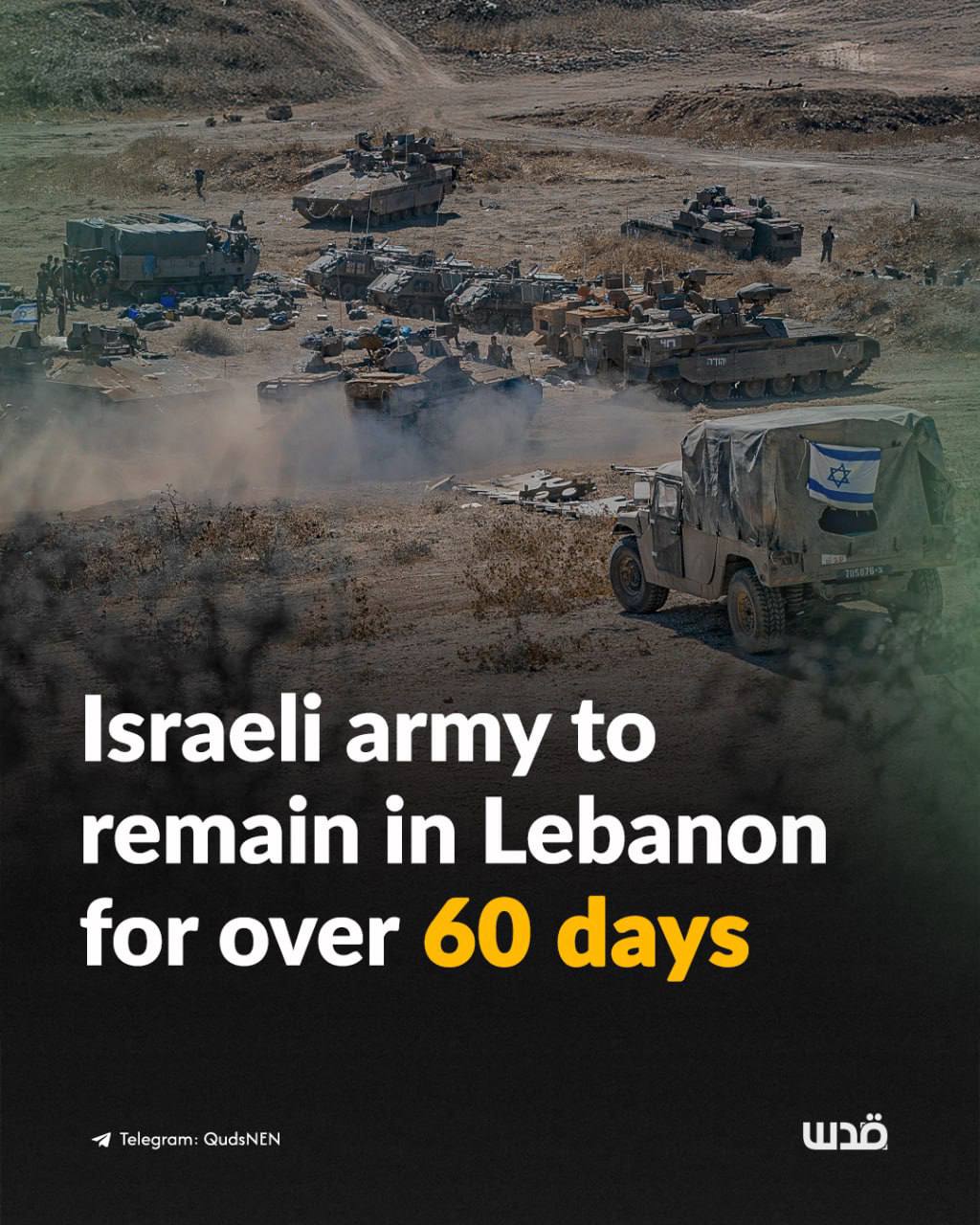
Nepal, a land sculpted by the mighty Himalayas, where ancient cultures meet breathtaking natural beauty, beckons adventurers and spiritual seekers alike. From the bustling streets of Kathmandu to the serene peaks of Everest, this jewel of South Asia offers an experience unlike any other. This comprehensive guide will equip you with everything you need to know to embark on an unforgettable journey to Nepal, covering its rich history, top attractions, practical travel tips, diverse accommodation, transportation options, and the optimal times to visit.
A Tapestry Woven in Time: A Glimpse into Nepal’s History
Nepal’s history is as layered and complex as its mountainous terrain. For millennia, it has been a crossroads of cultures, influenced by its powerful neighbors, India and China. The earliest known inhabitants were likely indigenous tribes, followed by migrations of Indo-Aryan and Tibetan peoples.

Related Articles about Trekking Through Time and Peaks: Your Comprehensive Guide to Traveling Nepal:
- Dublin’s Embrace: A Guide to the Best Hotels and Unforgettable Experiences
- Unveiling the Wonders of Egypt: A Guide to the Land of Pharaohs
- Unveiling the Treasures of Greece: A Journey Through History, Beauty, and Culture
- Milan: A Renaissance of Style, Culture, and Culinary Delights
- Unveiling Bulgaria: A Journey Through History, Culture, and Natural Beauty
The ancient kingdoms of the Kathmandu Valley, particularly the Malla dynasty, flourished from the 12th to the 18th centuries, leaving behind an architectural legacy of magnificent palaces, temples, and stupas that are UNESCO World Heritage sites today. This era saw the development of unique art forms, intricate wood carvings, and a vibrant religious syncretism, with Hinduism and Buddhism coexisting and intermingling.
In 1768, Prithvi Narayan Shah, the king of Gorkha, unified the disparate kingdoms into a single nation, establishing the Shah dynasty. This marked the beginning of modern Nepal. The 19th century saw the rise of the Rana regime, a hereditary prime ministership that held de facto power for over a century, often isolating Nepal from the outside world.
The mid-20th century brought significant political change. The Rana regime was overthrown in 1951, ushering in a period of democratic rule, albeit with its share of political instability. In 2008, Nepal abolished its monarchy and became a federal democratic republic. This rich history, evident in its ancient cities, sacred sites, and enduring traditions, adds a profound depth to any traveler’s experience.
Peaks of Wonder: Nepal’s Top Attractions
Nepal’s allure lies in its unparalleled natural beauty and its deeply spiritual cultural heritage. Here are some of its most captivating attractions:
1. Kathmandu Valley: A Living Museum
- Kathmandu Durbar Square: Once the royal palace of the Malla kings, this UNESCO World Heritage site is a breathtaking collection of ancient palaces, temples, and courtyards. Marvel at the intricate architecture of Taleju Temple, the Kumari Ghar (House of the Living Goddess), and the Hanuman Dhoka.
- Pashupatinath Temple: One of the holiest Hindu temples in the world, dedicated to Lord Shiva. Witness ancient rituals, observe cremations along the Bagmati River (though respectfully from a distance), and soak in the spiritual atmosphere.
- Boudhanath Stupa: The largest stupa in Nepal and one of the most significant Buddhist pilgrimage sites. The whitewashed dome, adorned with the watchful eyes of Buddha, is a beacon of peace and spirituality. Circumambulate the stupa, spin the prayer wheels, and observe monks and devotees in prayer.
- Swayambhunath Stupa (Monkey Temple): Perched on a hill overlooking Kathmandu, this ancient religious complex offers panoramic views of the valley. Its iconic stupa is surrounded by prayer flags, monasteries, and, as the name suggests, a troop of resident monkeys.
2. Pokhara: The Lakeside Paradise
- Phewa Lake: The second-largest lake in Nepal, offering stunning reflections of the Annapurna range. Enjoy boating, paddleboarding, or simply relax by the lakeside.
- Tal Barahi Temple: A sacred Hindu temple situated on an island in the middle of Phewa Lake, accessible by boat.
- World Peace Pagoda: Located on a hilltop across Phewa Lake, this Buddhist stupa offers mesmerizing sunrise and sunset views of the Himalayas and Pokhara Valley.
- Devi’s Fall and Gupteshwor Cave: Natural attractions showcasing the power of water and underground formations.
3. The Himalayas: The Ultimate Adventure
- Everest Base Camp Trek: The ultimate pilgrimage for trekkers, leading you through Sherpa villages, suspension bridges, and breathtaking landscapes to the foot of the world’s highest peak. This is a challenging but incredibly rewarding experience.
- Annapurna Circuit Trek: A classic trek offering diverse scenery, from lush rhododendron forests to arid alpine deserts, with stunning views of the Annapurna and Dhaulagiri ranges.
- Langtang Valley Trek: A more accessible trek offering beautiful mountain vistas, cultural immersion with Tamang communities, and opportunities to witness glacial landscapes.
- Chitwan National Park: A UNESCO World Heritage site renowned for its diverse wildlife, including the Bengal tiger, rhinoceros, and elephants. Enjoy jeep safaris, canoe rides, and jungle walks for an unforgettable wildlife encounter.
- Bardiya National Park: Nepal’s largest national park, offering a wilder and more remote wildlife experience, with a higher chance of spotting tigers.
4. Lumbini: The Birthplace of Lord Buddha
- Maya Devi Temple: The sacred site where Queen Maya Devi is believed to have given birth to Prince Siddhartha Gautama, who later became the Buddha.
- Ashoka Pillar: An ancient pillar erected by Emperor Ashoka of India, marking the birthplace.
- Monasteries: Lumbini is home to numerous monasteries built by different countries, reflecting the global reach of Buddhism.
Navigating the Terrain: Travel Tips for Nepal
Traveling to Nepal requires some preparation to ensure a smooth and enjoyable experience.
- Visa: Most nationalities can obtain a tourist visa upon arrival at Tribhuvan International Airport (KTM) in Kathmandu. You can also apply for a visa in advance at a Nepalese embassy or consulate in your country. Visa fees vary by duration of stay.
- Currency: The Nepalese Rupee (NPR) is the official currency. ATMs are available in major cities and tourist hubs, but it’s advisable to carry some cash for smaller towns and remote areas. USD is also widely accepted in tourist establishments.
- Language: Nepali is the official language. English is widely spoken in tourist areas, hotels, and by guides. Learning a few basic Nepali phrases like "Namaste" (hello/goodbye) and "Dhanyabad" (thank you) will be greatly appreciated.
- Health: Consult your doctor about necessary vaccinations before your trip. Common recommendations include Hepatitis A, Typhoid, and Tetanus. For trekking, consider altitude sickness medication and pack a basic first-aid kit. Drink bottled or purified water only.
- Connectivity: Wi-Fi is readily available in hotels and cafes in major cities. For longer stays or trekking, consider purchasing a local SIM card for data access.
- Culture and Etiquette: Nepal is a deeply religious country. Dress modestly, especially when visiting temples and religious sites (cover shoulders and knees). Remove your shoes before entering temples and homes. The head is considered sacred, so avoid touching anyone’s head. When receiving or giving something, use your right hand.
- Tipping: Tipping is not mandatory but is appreciated for good service. For guides and porters, a tip of 10-15% of the service fee is common. In restaurants, a 10% service charge is often included, but an additional tip for excellent service is welcome.
- Bargaining: Bargaining is common in markets and with private transport providers. Approach it with a smile and good humor.
- Safety: Nepal is generally a safe country for tourists. Exercise common sense precautions, such as being aware of your surroundings, especially in crowded areas. For trekking, hire reputable guides and porters.
A Roof Over Your Head: Accommodation Options
Nepal offers a diverse range of accommodation to suit every budget and travel style.
- Luxury Hotels: Found in major cities like Kathmandu and Pokhara, these offer world-class amenities, fine dining, and impeccable service.
- Mid-Range Hotels: Comfortable and well-equipped hotels that provide a good balance of comfort and affordability.
- Boutique Hotels and Guesthouses: Often found in heritage buildings or charming locations, offering a more intimate and personalized experience.
- Tea Houses (during treks): Basic but cozy lodges along trekking routes, offering simple rooms and meals. They are a vital part of the trekking experience, providing warmth, food, and camaraderie.
- Homestays: An excellent way to experience local culture and hospitality firsthand. You’ll stay with a Nepalese family and participate in their daily life.
- Budget Hostels: Popular among backpackers, offering dormitory beds and shared facilities at very affordable prices.
Getting Around: Transportation in Nepal
Navigating Nepal can be an adventure in itself, offering a glimpse into the country’s vibrant life.
- Air Travel: Domestic flights connect major cities like Kathmandu, Pokhara, and Lukla (for Everest trekkers). This is the fastest but most expensive option.
- Tourist Buses: Comfortable air-conditioned buses operate between major tourist destinations like Kathmandu and Pokhara. They offer a good balance of comfort and affordability for longer journeys.
- Local Buses and Minivans (Jeeps): The most budget-friendly option, but can be crowded, slow, and less comfortable. They offer a truly local experience.
- Taxis: Readily available in cities. Always agree on the fare before starting your journey or ensure the meter is used.
- Rickshaws: A charming way to explore smaller towns and cities for short distances.
- Motorbikes and Scooters: Can be rented in major tourist hubs for independent exploration, but be mindful of the often challenging road conditions.
- Trekking: For mountain adventures, walking is the primary mode of transportation. Hiring licensed guides and porters is highly recommended for safety and a richer experience.
- Boats: Essential for crossing lakes like Phewa Lake in Pokhara.
The Perfect Season: Best Time to Visit Nepal
Nepal’s climate varies significantly with altitude and season, offering distinct experiences throughout the year.
- Autumn (September to November): This is arguably the best time to visit Nepal. The skies are clear, offering excellent mountain views. The temperatures are pleasant, and the humidity is low, making it ideal for trekking and sightseeing. This is peak tourist season.
- Spring (March to May): Another excellent time to visit. The weather is warm and pleasant, and the rhododendrons are in full bloom, creating a vibrant spectacle, especially in the lower trekking regions. This is also a popular trekking season.
- Winter (December to February): Cooler temperatures, especially at higher altitudes, and can bring snow to the mountains. This season is ideal for lower altitude treks and exploring the Kathmandu Valley, as there are fewer crowds and lower prices. However, higher passes on treks might be closed due to snow.
- Monsoon (June to August): This is the rainy season. While it brings lush greenery, it also means cloudy skies, reduced visibility of the Himalayas, and muddy trekking trails. However, it’s a good time for those interested in cultural experiences in the cities, wildlife viewing in the Terai region (where rain is less intense), and for those seeking fewer crowds and lower prices.
Embark on Your Nepalese Adventure
Nepal is a destination that will touch your soul, challenge your spirit, and leave you with memories that last a lifetime. Whether you dream of conquering Everest, immersing yourself in ancient cultures, or simply finding peace amidst the majestic Himalayas, this captivating country awaits. With careful planning and an open heart, your journey to Nepal promises to be an extraordinary expedition through time, spirituality, and unparalleled natural beauty.






